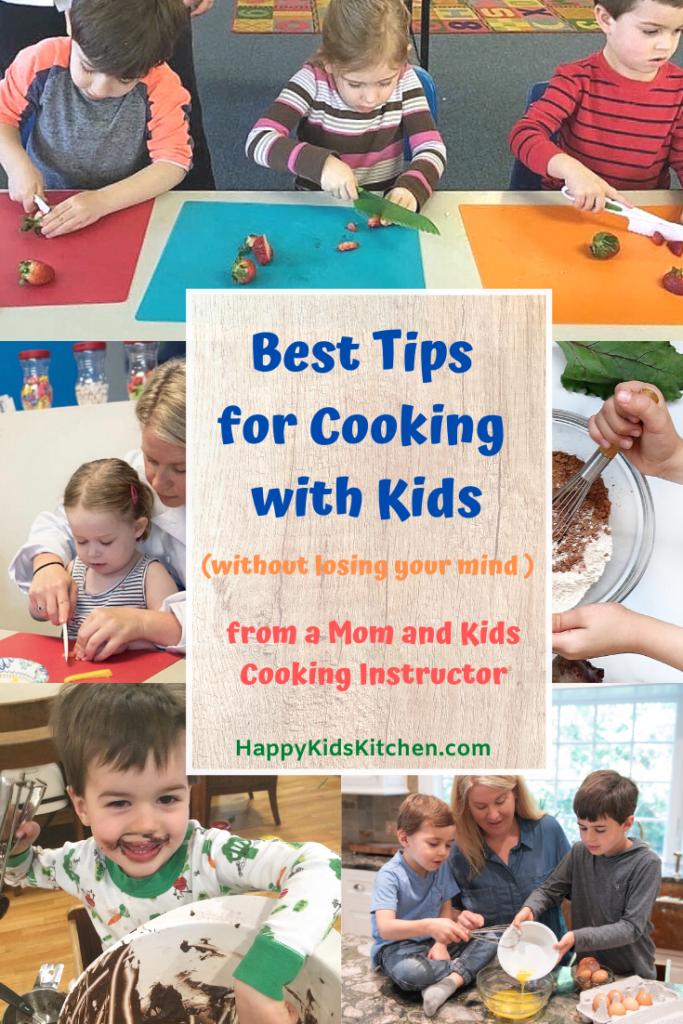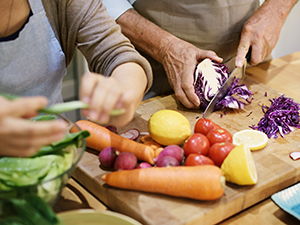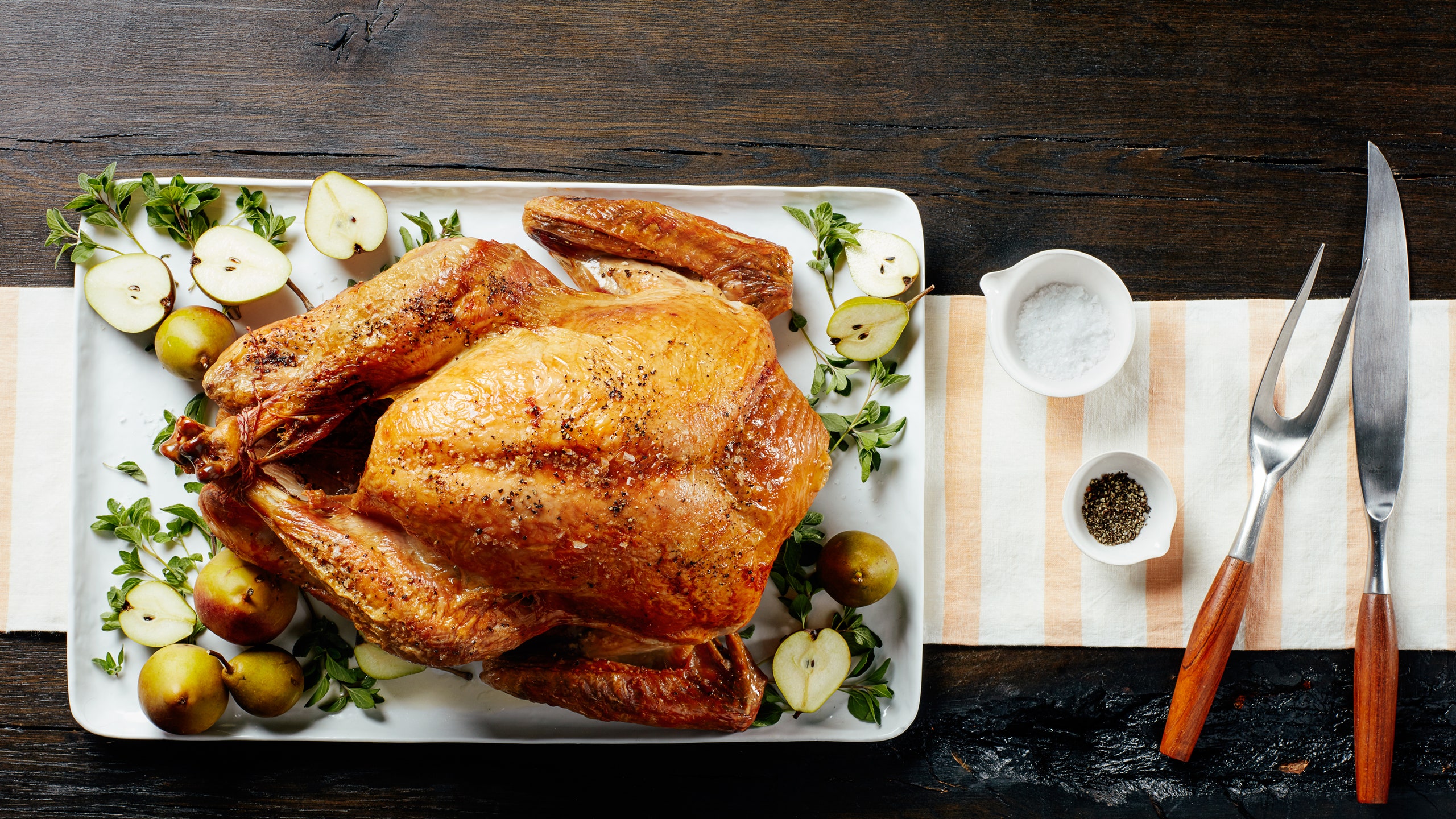
There are several levels of difficulty and age ranges when it comes down to cooking skills. Younger children can learn the basics of cooking, while more advanced techniques may be needed for older kids. The recommended age range for children is between 3 and 5 years. Listed below are some of the recommended kitchen tasks for kids. These activities are also great for introducing children to more complex cooking techniques or grocery list preparation. No matter your age, children can learn basic cooking skills right away.
Basic cooking skills
It doesn't matter if you want to teach your child how to cook or improve their skills in the kitchen, basic cooking skills will be crucial to any successful mealtime. There are many skills that can be used to cook for kids of various ages. However, some need more supervision. Here are the most important guidelines:
Age ranges
The children at this age can do basic hand washing and can follow simple instructions. They will eventually be able to put together food by understanding the basics of mixing and cutting ingredients. This is a great time for basic kitchen tools like the oven to be introduced. As they learn and grow, they may be able make adjustments to their recipes or use more complex kitchen appliances.
Techniques
There are many advantages to cooking together with your children. It's a great opportunity to develop vocabulary and bond with your children. It's also a fun way to share a responsibility with them. Cooking with a toddler takes patience, time and effort. Simple recipes should be easy enough for them to master. Make sure you choose recipes that are quick to prepare. Choose dishes with interesting textures or colours. These techniques will make cooking fun for everyone.

Encourage children to get involved in the cooking
Making dinnertime more fun is possible by getting kids involved in the cooking process. It can also help them learn valuable life skills. While newborns aren't exactly skilled chefs, they can learn the basics of cooking in the kitchen. By allowing them to interact with food in the kitchen, you'll normalize the activity for them. As they age, they will become more interested in cooking. After all, they're bound to be curious about the kitchen as they become more comfortable with it.
Food presentation
Food presentation is crucial, regardless of whether you're cooking for family members or your children. Food presentation has a huge impact on children's eating habits. Here are some tips that will make your food look amazing. You can also add fun garnishes, such as carrot curls and radish flowers. It is important to keep children safe when handling knives. Ask an adult for help if your child has any questions about using knives.
Measurements
A great way to increase math skills is to teach your children measurements. This skill can be beneficial for your child's time and sense of time. Children will learn how to compare quantities, and to estimate the use of cups and other utensils. These skills will prove to be valuable when students move on to more complex math classes like pre-algebra, geometry, and other advanced mathematics. It doesn't end there. Kids will also develop their fine motor skills, improve their sequencing skills, and increase their reading skills.
Self-confidence
Teaching children how to cook is a great way of instilling self-confidence. The chances of children continuing these healthy habits in adulthood are higher if they learn to cook from scratch. Additionally, children will feel proud of what they have created, which will increase their self-confidence. Cooking can promote family bonding as well as help children develop a sense for responsibility.

FAQ
Can you become a self-taught chef?
Self-taught cooking is possible! Everyone loves cooking, regardless of whether they are skilled or not. If you're interested in learning how cook at home, then start cooking. You can start small by making spaghetti sauce for dinner or pancakes for breakfast. You can learn the most by trying new recipes and making mistakes. You might make a few errors along the way.
Cooking can take anywhere from a few hours to several months depending on the skill level. It is important to remember that cooking doesn't have to be about following recipes. There are many ways to cook food. If you have an idea, follow it.
What skills will I need to be able to go to culinary school?
You must have the ability to cook well and work under pressure. To learn how cook, enroll in cooking courses at your local high schools or community colleges. After mastering the basics, you'll be able to apply for a job at a catering or restaurant.
Do I have to learn how to cook with my children?
Yes! Yes, kids love to help in kitchen. It's a great way to teach responsibility and teamwork. From washing vegetables to chopping onion, children can help. If your children follow safe practices when handling knives, they will enjoy helping you cook.
Statistics
External Links
How To
How to make a perfect omelet
Omelets have always been a favourite food to eat for breakfast. How can you make them perfectly? Many different recipes and methods have failed to work for me. So I am sharing some tips and tricks today to help you make fluffy, delicious omelets every morning.
Before we start making omelets, let's remember that eggs are temperamental. It is important that eggs are fresh from an organic market and kept cool until used. You must keep them cool enough to allow the whites to form properly and the yolks to become too runny if they're not kept at the right temperature. Your omelets will look strangely colored if this happens. If you want to make omelets right away, it's best not to use eggs that are too cold.
You can also separate the egg before you add it to the pan. It is important not to allow any white to mix with the yolk as this could lead to the omelet becoming curdled.
You could end up burning the bottom half of the egg if the egg is added directly to the heat source. Instead, heat the egg in a microwave for 10 seconds and then place it in a pan. The microwave heat is sufficient to cook the egg without overcooking.
Next, let's talk about mixing the eggs. Mixing eggs together is important. You need to beat them well. You need to turn the bowl of the mixer upside down. Next, shake the bowl vigorously. By doing this, the egg is thoroughly mixed with the air in the bowl.
The fun part begins - you need to pour the milk into your mixture. First, pour half of the milk into the beaten eggs and then fold the eggs gently into the remaining milk. Do not be alarmed if there are still egg streaks visible. Once the omelet flips, these streaks will disappear.
After you have done folding the eggs, heat the pan on medium heat. The oil will start to smoke. Once the oil starts getting hot, add 1/4 cup of butter to the pan and swirl it around to coat the entire surface of the pan. Open the lid and sprinkle salt on the pan. The salt will help to prevent the omelet's sticking to the pan.
Cover the pan once you have formed the omelet. Wait for the top to set. Flip the omelet over using a spatula or flip the pan upside down. Cook the opposite side for another minute. Remove the omelet from the pan and serve immediately.
This recipe is best when used with whole milk. But, you can use skimmed milk as well.